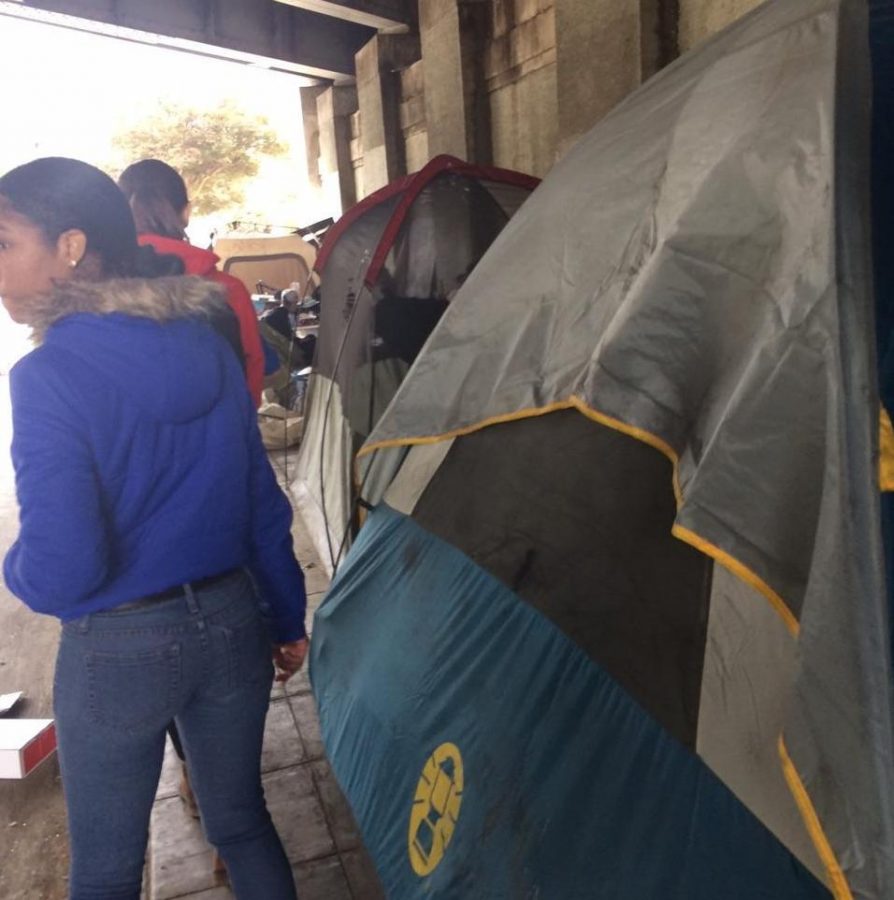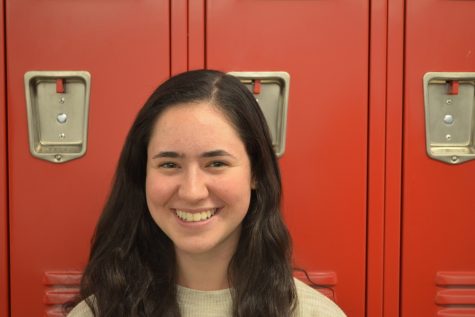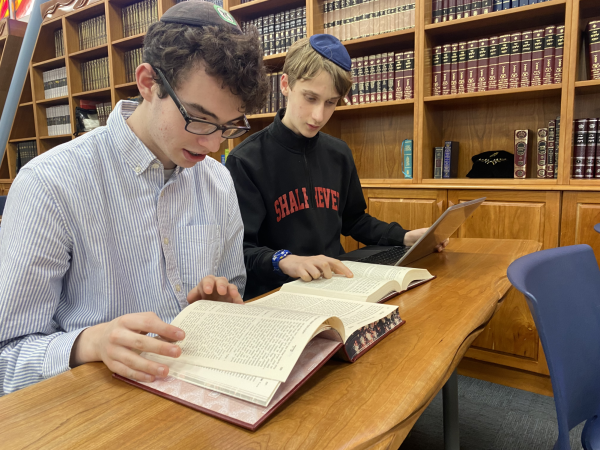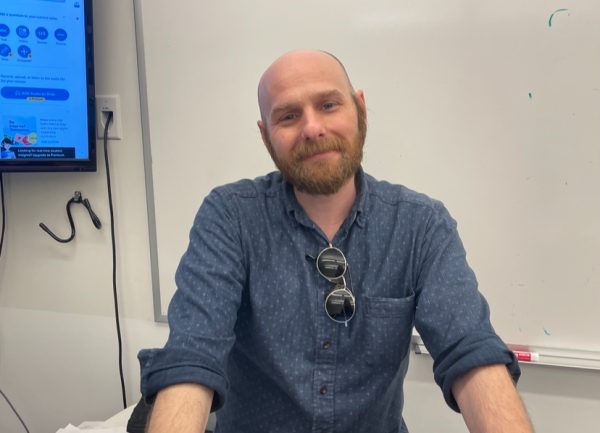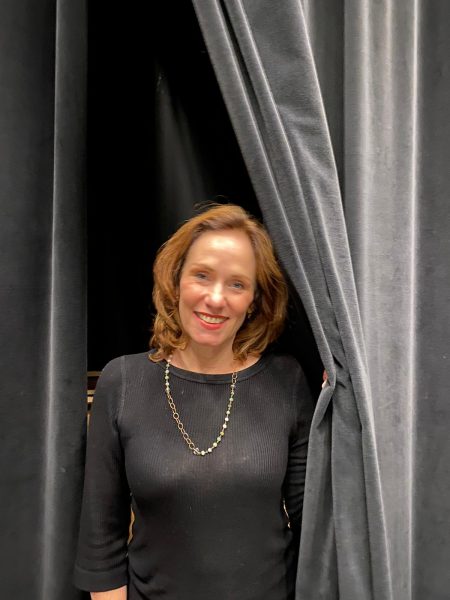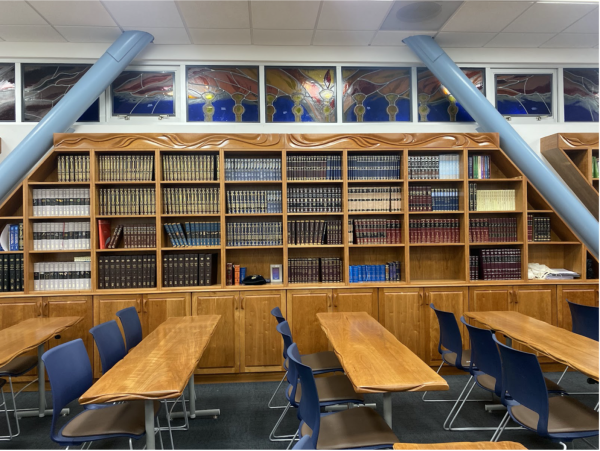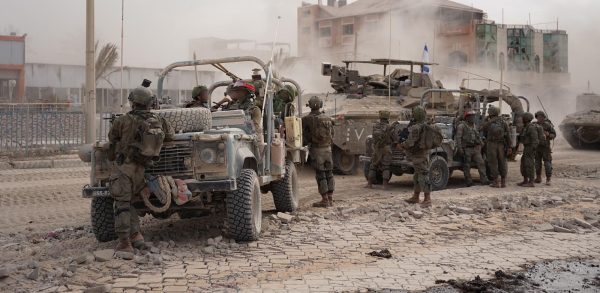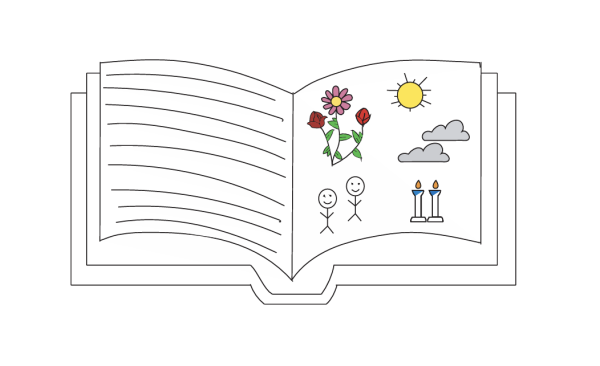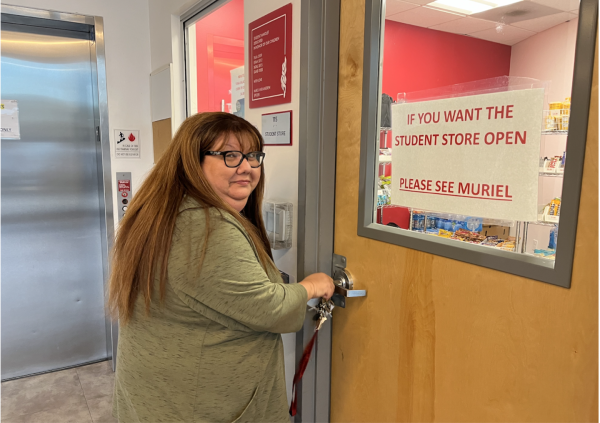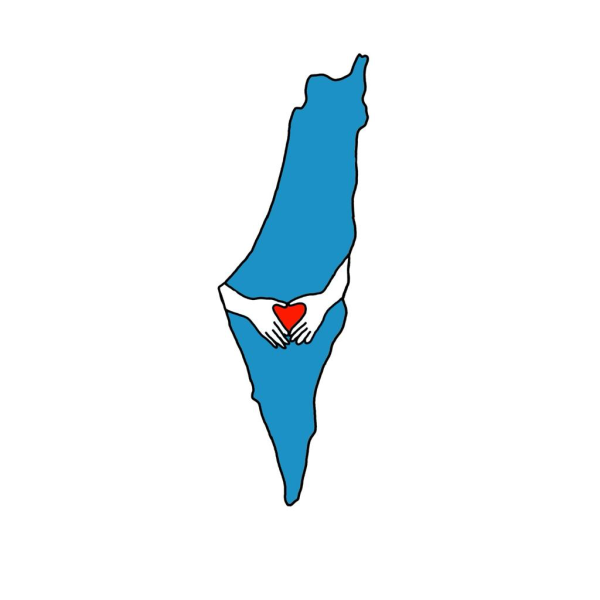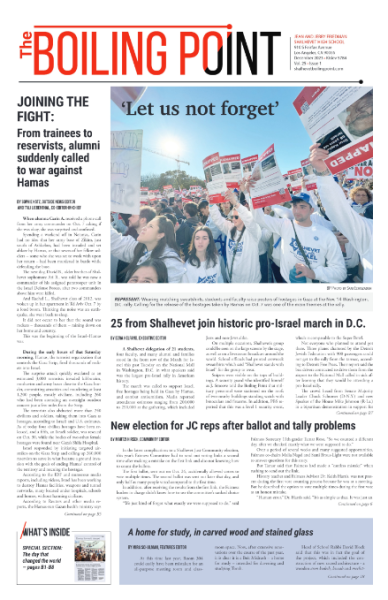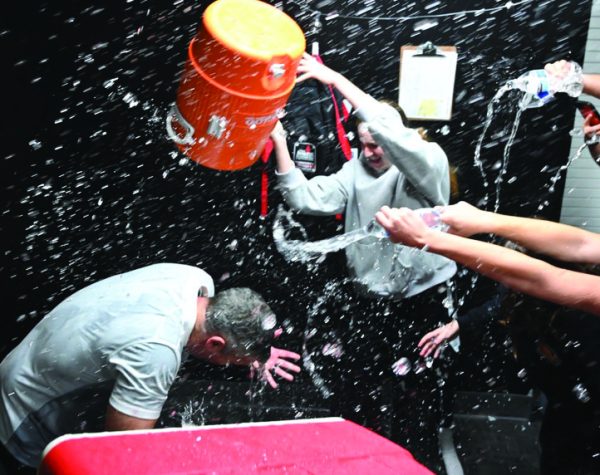Student project gives homeless a chance to show their world
UNDERNEATH: Juniors Rosie Wolkind and Maia Zelkha visited a homeless encampment beneath a Downtown freeway to distribute cameras. They have received four in return so far.
December 30, 2016
Junior Rosie Wolkind was scrolling through Facebook last July when an article caught her attention.
Jason Williamson, a pastor in Spartanburg, South Carolina, had handed out 100 cameras to homeless people there, 46 of which were returned, and he displayed the 700 photographs collected at a photography exhibition.
Rosie’s awe immediately translated into action, and with advice from then-Chesed Coordinator Ruthie Skaist, she partnered with fellow junior Maia Zelkha, who is head of the Photography Club. Together, they mapped out a plan for their own rendition of Pastor Williamson’s project.
“People who are homeless are some of the most creatively underestimated and underrepresented people in our society,” said Maia. “This project gives people a platform to help their own cause.”
Titled “Exposure,” Rosie and Maia’s project aims to empower homeless people in Los Angeles by providing them with a creative outlet – disposable cameras – to capture unique moments in their lives.
“We tend to think of the homeless as a population, and not as individual people,” said Rosie, “individual people who look at the sunset and think it’s beautiful. Who can look at someone’s eyes and say, ‘Wow. They’re beautiful. I wish I could keep a memento of that.’”
The girls also hope it will educate the community about the growing problem of homelessness in Los Angeles. According to a report from the U.S. Department of Housing and Urban Development, homelessness affects over 500,000 people nationally – 80,000, or about one in six, in Los Angeles.
“We don’t know what it likes to literally be living meal-to-meal and to be living in a tent your entire life,” said Rosie. “We want to expose people to how such a huge population of Los Angeles is living.”
To start the project, Rosie and Maia contacted People Assisting the Homeless (PATH) to figure out which homeless encampments and shelters to visit.
Their goal is to distribute 80 cameras total, although they both said that they expect less than half of the cameras back. Shalhevet donated all of the cameras, and Samy’s Camera on Fairfax Avenue has said it would develop the pictures free of charge, the girls said.
Rosie and Maia had distributed 31 by late-December and had collected four in return.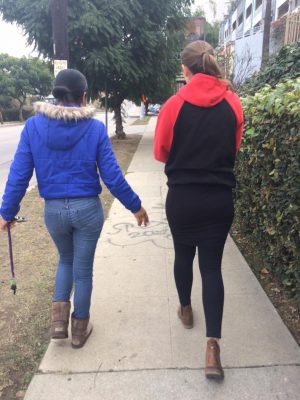
The girls also assembled kits of Chapstick, toothbrushes and other supplies to give to homeless individuals upon receiving the cameras back. They’re keeping track of camera recipients’ names, phone numbers if they have cell phones, and any special requests they have for their care kits.
Although the project is still under way, Rosie and Maia’s experiences travelling downtown and interacting with the homeless have already been rewarding, both said.
Rosie said that while some of the homeless individuals refused or were reluctant to accept the cameras, others were impressed by the girls’ endeavor.
One man said this could be a great way to start collecting footage for a documentary he plans to create, Rosie told the Boiling Point. In fact, he was so excited that he requested a second camera.
Rosie and Maia received two grants for their project, one from the Jewish Federation for $1,500, and the other a $500 Disney Summer of Service Grant through the Youth Service America (YSA) organization. The YSA website says the grant is designated for “young people, ages 5-18, who are making a difference in their communities.”
They hope to display the best photos in a photo gallery at school or elsewhere, tentatively in late February. At the gallery, they said, photos will be auctioned off and the money will go to PATH.
“We think it’s going to be hard to pick 40 out of all the amazing photos we are going to get,” said Maia.
Rosie and Maia hope that the photos will allow homeless individuals to express themselves through an artistic medium.
“It’s what they want to show the world,” said Rosie. “It’s who they are, what they do, who they’re with. Anything and everything.”
Maia expressed a similar sentiment.
“It is for them to show: ‘I did this, I made this, and people like it.”
Ruthie Skaist is proud of what the girls have accomplished.
“Even if they kept it very simply as getting back photographs and stories with those photos, that’s already really meaningful,” said Ruthie. “No matter what, they already stepped outside their box a little bit just by doing this and by making connections with people that they probably normally wouldn’t.”

